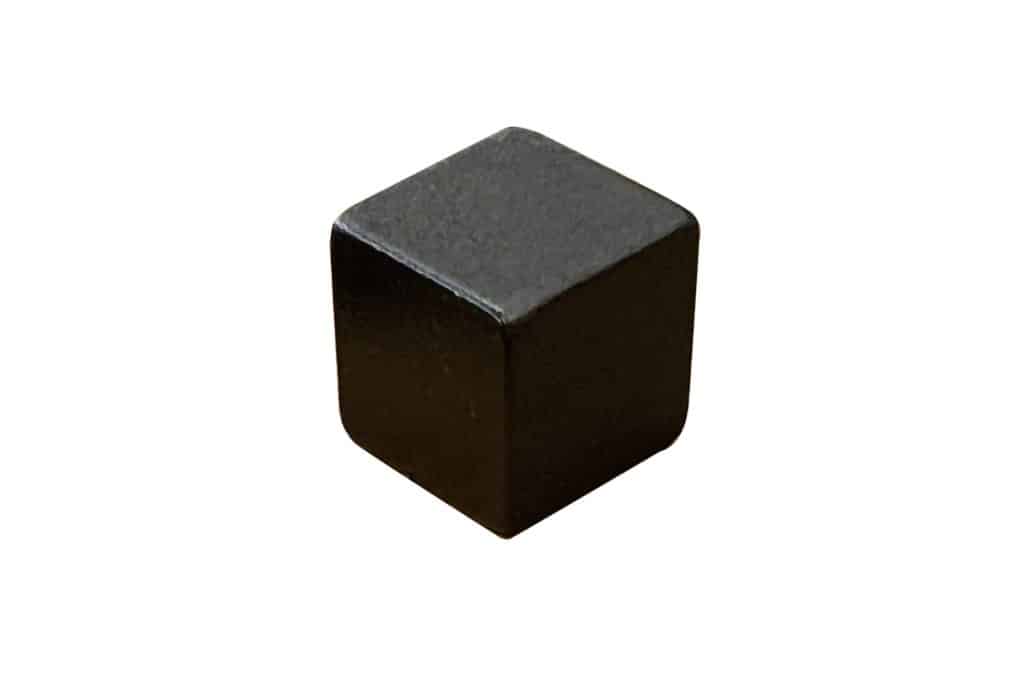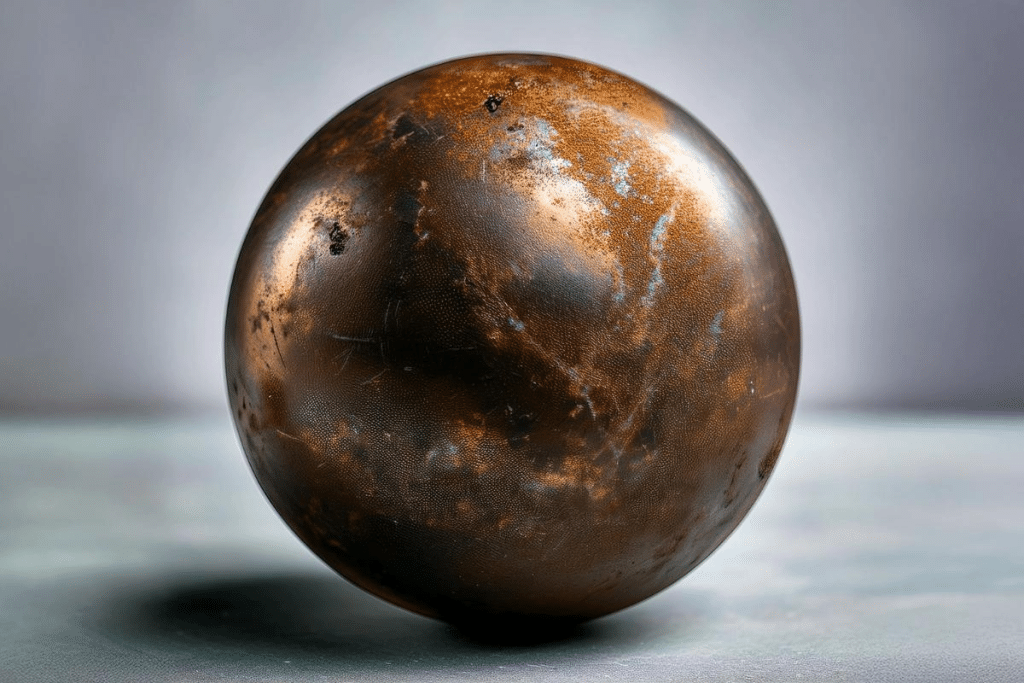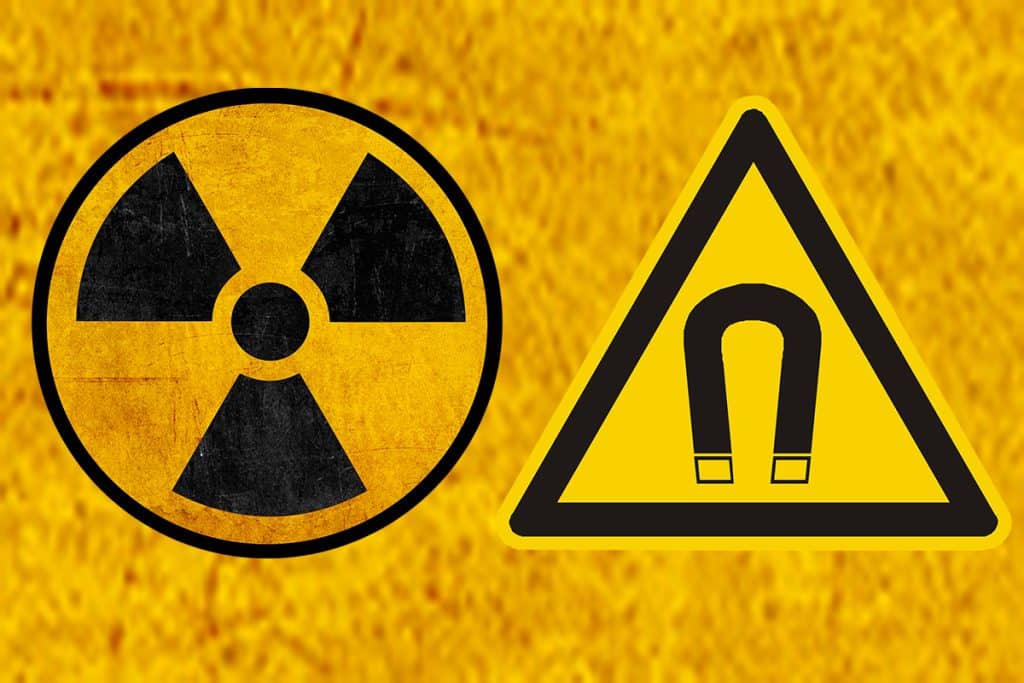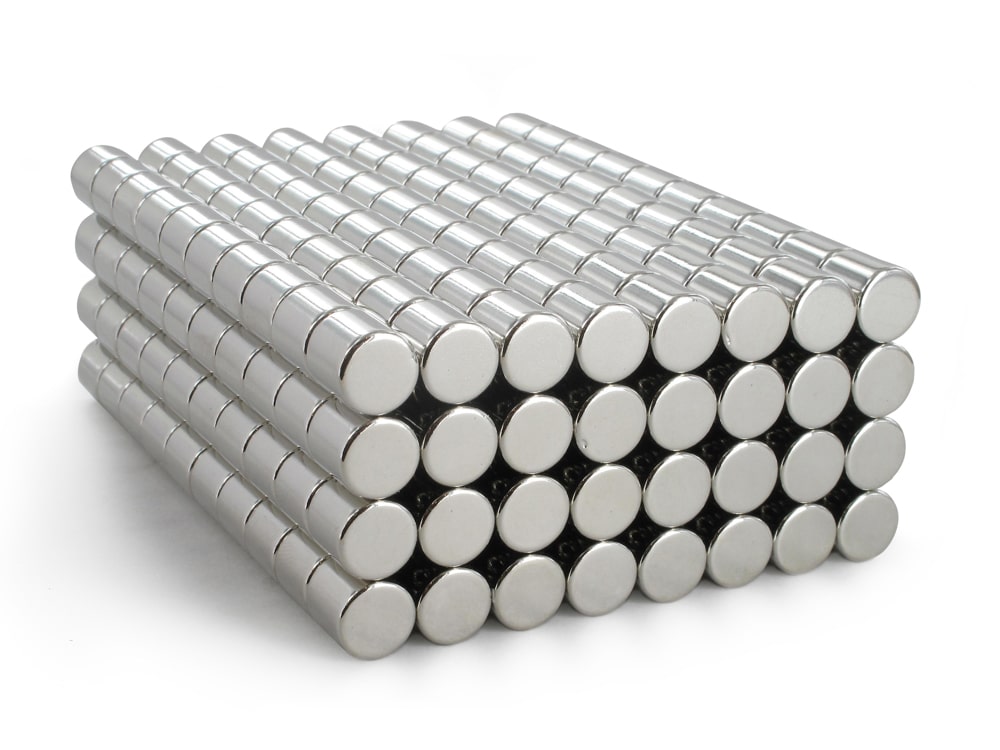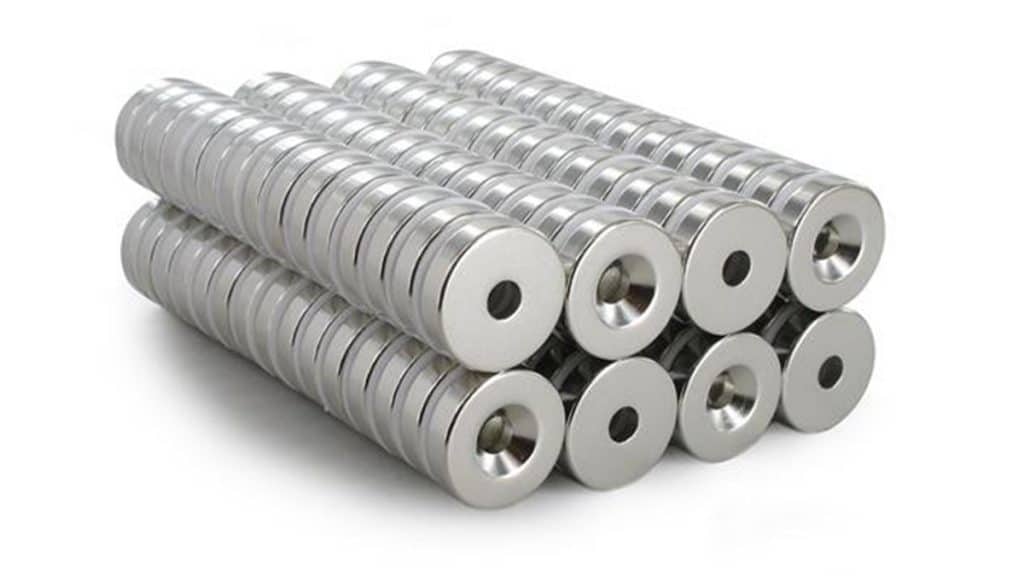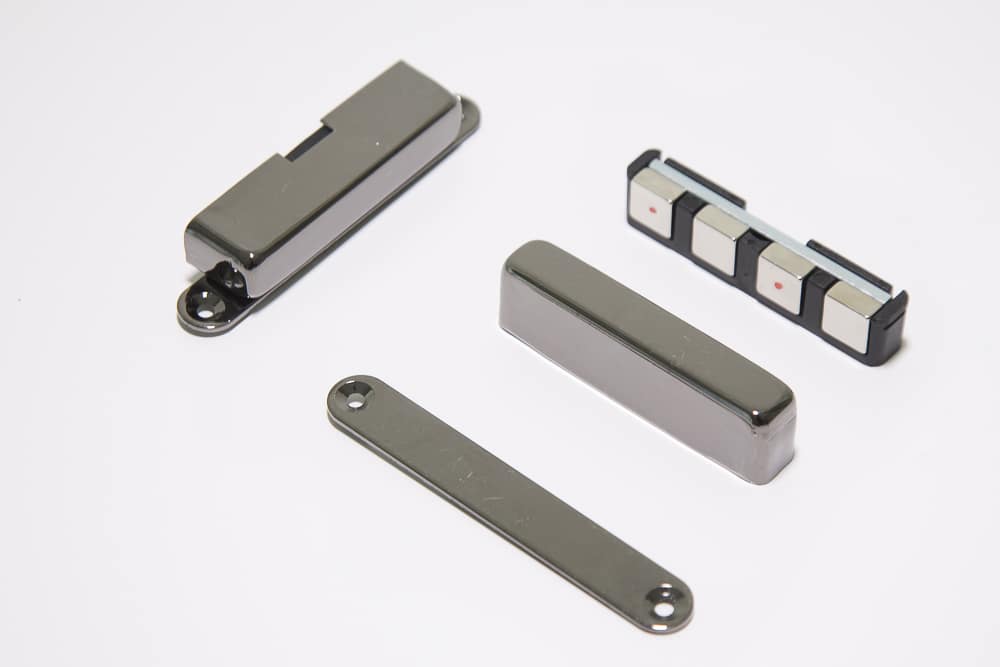New Bespoke Wire Cut Neodymium Magnets
To meet increasingly complex customer’s requirements, Bunting has developed a manufacturing process to supply bespoke wire-cut neodymium magnets. The magnets are tailored to suit the specific project specifications in terms of magnet grade and dimensions. With bespoke wire-cut magnets, prototyping time is reduced prior to the production of volume parts. Optimum Magnet Specification Bunting’s magnetics…
Read More
